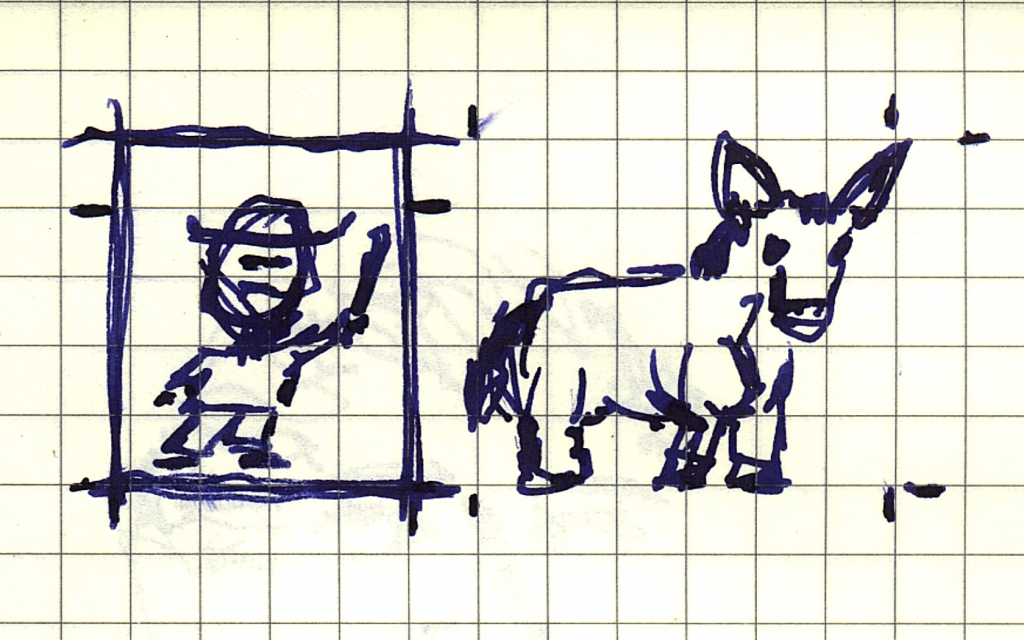-
Most modern theories of art hold that all forms of art and all media are interactive, that there is an implicit conversation between any audience (despite the original roots of the word in just “listening”) and any creator — that the act of interpreting the work even in the most shallow way means that there…
-
Most modern theories of art hold that all forms of art and all media are interactive, that there is an implicit conversation between any audience (despite the original roots of the word in just “listening”) and any creator — that the act of interpreting the work even in the most shallow way means that there…
-
However I think the other side of the coin is that most programmers – and, I would sadly argue, designers too – don’t really know how to improve the abstract thing that is ‘game play’. There are many who’d love to create better stories, emotions, AI, and so on, but don’t have the knowledge or…
-
However I think the other side of the coin is that most programmers – and, I would sadly argue, designers too – don’t really know how to improve the abstract thing that is ‘game play’. There are many who’d love to create better stories, emotions, AI, and so on, but don’t have the knowledge or…
-
I’ve certainly made games that were fun right off the bat. It’s an exhilarating experience when it happens — though arguably, I played them in my head before playing them in code or on paper, in my first prototype. But I have definitely gotten prototypes to fun before showing them to other people. In fact,…
-
I’ve certainly made games that were fun right off the bat. It’s an exhilarating experience when it happens — though arguably, I played them in my head before playing them in code or on paper, in my first prototype. But I have definitely gotten prototypes to fun before showing them to other people. In fact,…
-
One of the most commonly repeated or recited snippets from Theory of Fun for Game Design is the notion of dressing substantially changing a game experience, using the example of a Tetris clone reskinned to mimic a gas chamber. Let’s picture a game wherein there is a gas chamber shaped like a well. You the…
-
One of the most commonly repeated or recited snippets from Theory of Fun for Game Design is the notion of dressing substantially changing a game experience, using the example of a Tetris clone reskinned to mimic a gas chamber. Let’s picture a game wherein there is a gas chamber shaped like a well. You the…
-
-
mythofechelon: Hypercube. Oh yeahhh. 4th dimensional objects for the win!
